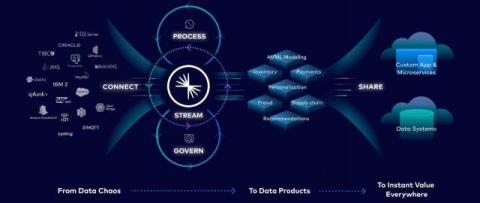5 Years of Confluent Cloud Connectors: Exploring Your Top Connector Picks
This summer marks five years since we announced our first fully managed connector on Confluent Cloud in 2019, the Amazon S3 Sink Connector. Since then, our connector offerings have not only expanded significantly but also enabled teams to send hundreds of petabytes of data throughput. Today, we support over 80 pre-built, fully managed connectors, custom connectors, and secure private networking.










